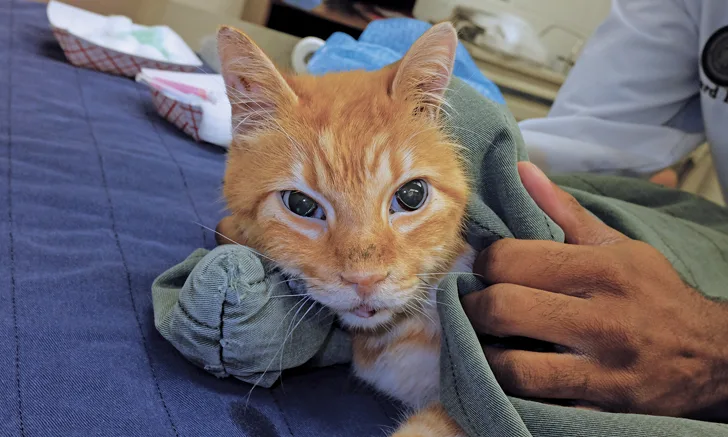Feline Complications from Mouth Gags
Justin Fraser, BSc (DVM Candidate), University of Tennessee
Shelly J. Olin, DVM, DACVIM (SAIM), University of Tennessee

THE CASE
A 7-year-old spayed female domestic shorthair cat is presented for routine dental cleaning and extraction of the left maxillary premolar. The patient is bright and alert with a normal energy level. Physical examination is unremarkable, with the exception of grade 3 periodontal disease. Preoperative CBC, serum chemistry profile, total thyroxine, urinalysis, and blood pressure are normal.
The cat is premedicated with butorphanol (0.2 mg/kg IM) and tiletamine–zolazepam (3 mg/kg IM) before sedation is induced with propofol (6 mg/kg IV to effect). The patient is intubated, and anesthesia is maintained with isoflurane (1.5%) in 100% oxygen. Intravenous fluid rate during anesthesia is 10 mL/kg/hr. Monitoring includes pulse oximetry reading (peripheral capillary oxygen saturation [SpO2]), systolic blood pressure, and electrocardiography. SpO2 is maintained above 95%, blood pressure ranges from 100 to 110 mm Hg, and heart rate is stable between 160 and 170 bpm with no arrhythmias.
With the patient positioned in lateral recumbency, dental radiographs are obtained. The patient is stable under anesthesia, and the team prepares to begin the procedure.
What are the next steps?
BAER = brainstem auditory evoked response, ERG = electroretinography, OU = both eyes, SpO2 = peripheral capillary oxygen saturation